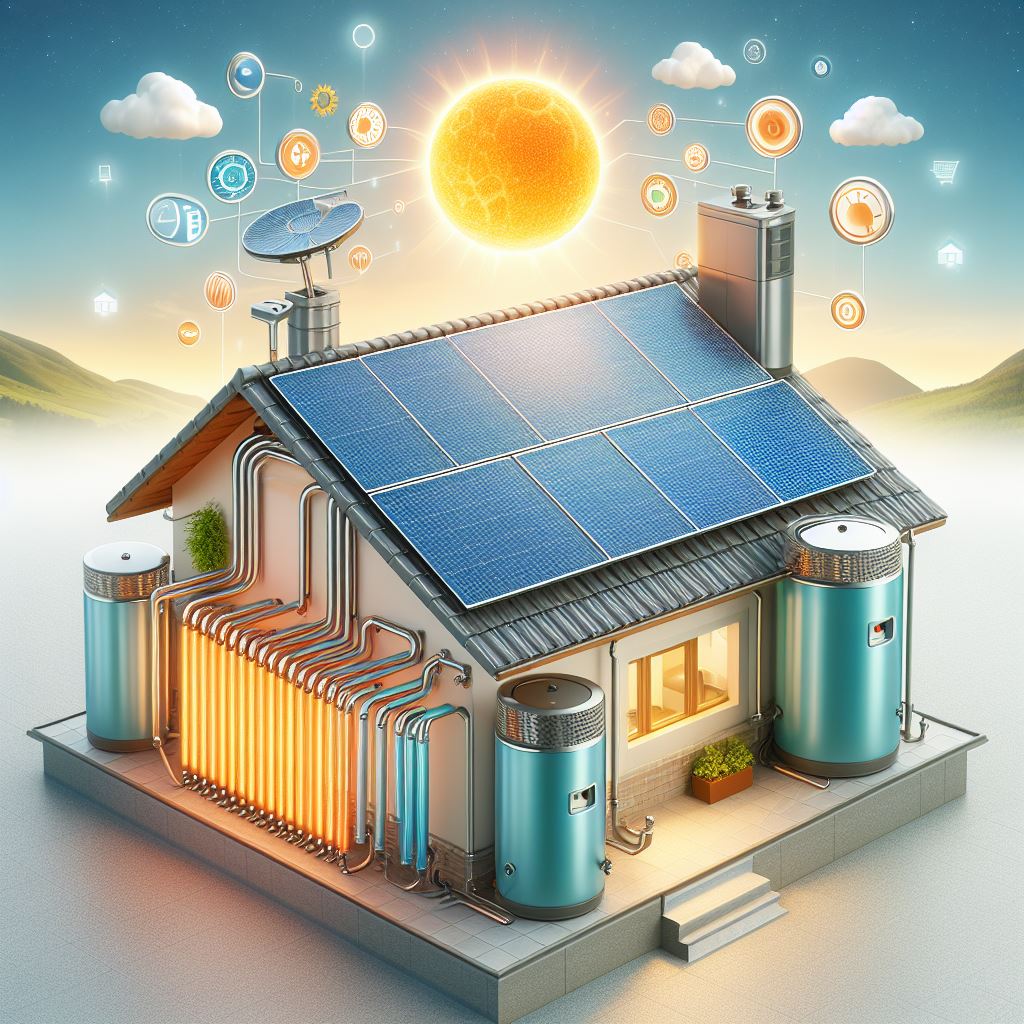Certainly! Let’s delve into the fascinating world of Installation of central heating for villas and explore the installation process, benefits, and considerations. Whether you’re designing a new villa or upgrading an existing one, understanding central heating systems is crucial for creating a comfortable and efficient living space.

1. Understanding Central Heating
Central heating is a system that provides warmth to an entire building or a specific area from a single source. In the context of villas, central heating ensures consistent indoor temperatures, especially during colder months. Here’s how it works:
Heat Source: The central heating system typically uses one of the following heat sources:
- Boilers: Boilers heat water or steam, which is then circulated through radiators, baseboard heaters, or underfloor pipes.
- Heat Pumps: Heat pumps extract heat from the air, ground, or water and distribute it throughout the villa.
- Furnaces: Furnaces burn fuel (such as natural gas or oil) to generate heat, which is then distributed via ducts.
- Distribution: The heated air or water is distributed to various rooms through a network of pipes, radiators, or vents.
- Controls: Thermostats allow home owners to regulate the temperature and timing of the heating system.
2. Benefits of Central Heating
Installing central heating in your villa offers several advantages:
- Consistent Comfort: Central heating ensures even warmth throughout the villa, eliminating cold spots.
- Energy Efficiency: Modern systems are energy-efficient, reducing utility bills.
- Health Benefits: Proper heating promotes better health by preventing cold-related illnesses.
- Increased Property Value: A well-designed central heating system enhances the villa’s value.
3. Installation of central heating for villas Process
a. Assessment
Before installation, consider the following factors:
- Villa Size: The size of the villa determines the heating capacity needed.
- Insulation: Proper insulation improves efficiency.
- Fuel Type: Choose between gas, oil, or electricity based on availability and cost.
b. System Selection
Select the most suitable central heating system:
- Radiators: Commonly used, radiators distribute heat via hot water or steam.
- Underfloor Heating: Ideal for villas with tiled or stone floors.
- Heat Pumps: Efficient and eco-friendly.
- Zoned Heating: Allows customized temperature control for different areas.
c. Installation
Boiler/Furnace Installation:
- Install the boiler or furnace in a designated area (e.g., basement or utility room).
- Connect it to the central heating network.
Piping/Radiator Installation:
- Lay pipes or install radiators in each room.
- Ensure proper insulation to prevent heat loss.
Thermostat and Controls:
- Install thermostats in key areas.
- Set up programmable controls for optimal efficiency.
Testing and Balancing:
- Test the system for leaks, pressure, and functionality.
- Balance the heat distribution to ensure consistent warmth.
4. Considerations
- Maintenance: Regular servicing ensures efficient operation.
- Safety: Follow safety guidelines for fuel-based systems.
- Cost: Installation costs vary based on system type and villa size.

Central Heating villas
Conclusion
Central heating transforms your villa into a cozy haven. Consult with HVAC professionals to design and install a system tailored to your villa’s needs. Remember, a well-installed central heating system enhances comfort, energy efficiency, and overall villa living.
For more information, explore reputable companies specializing in central heating systems and their installation1.
Stay warm and enjoy your villa!


